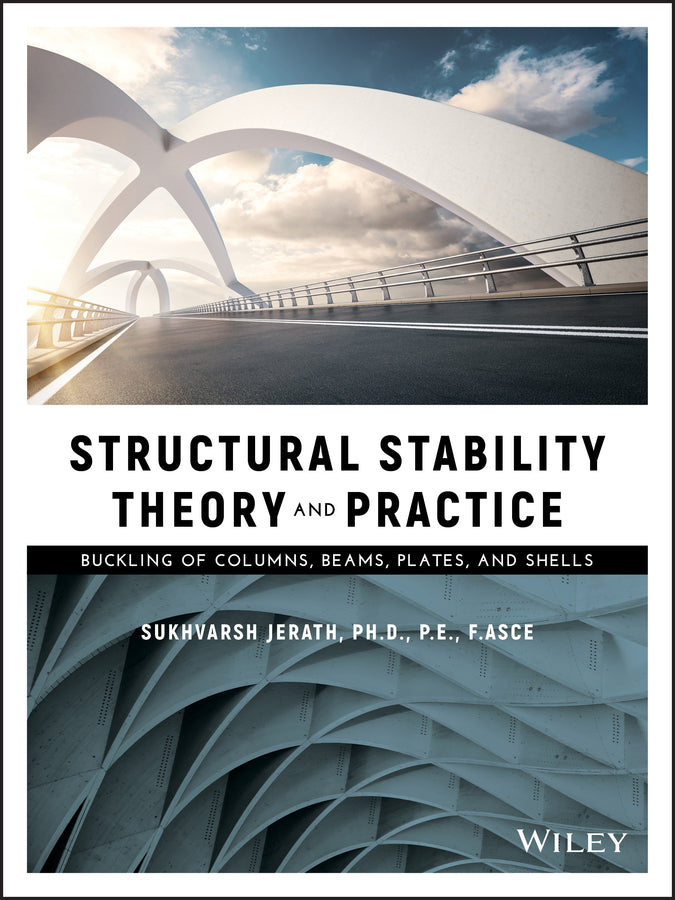Description
Elevate your understanding of structural engineering with 'Structural Stability Theory and Practice: Buckling of Columns, Beams, Plates, and Shells.' This comprehensive guide offers an in-depth exploration of the essential principles of structural stability, especially focusing on buckling phenomena critical to columns, beams, plates, and shells. With 672 pages of detailed mathematical derivations and practical applications, this book is a must-have resource for both practicing engineers and students seeking to deepen their knowledge in structural stability theory.
Written in both US and SI units, it bridges the gap for readers worldwide. This text integrates the latest codes and standards from eminent organizations, such as the American Institute of Steel Construction (AISC) and Eurocode 3, ensuring that you stay compliant with current engineering practices.
Each chapter is meticulously designed to connect theoretical principles with practical design specifications and solutions, fostering a thorough understanding of critical concepts. Additionally, the book features energy methods that are pivotal for analyzing structural stability. Practicing professionals will find the solved and unsolved problems in every chapter, along with an accompanying solutions manual for instructors, invaluable for honing skills.
Whether you are a civil engineer, mechanical engineer, aerospace engineer, or an upper-level undergraduate or graduate student in structural engineering courses, 'Structural Stability Theory and Practice' provides a solid foundation in theory while offering actionable insights applicable to real-world engineering problems. Explore the synergy between theory and practice and enhance your expertise with this essential guide.
Written in both US and SI units, it bridges the gap for readers worldwide. This text integrates the latest codes and standards from eminent organizations, such as the American Institute of Steel Construction (AISC) and Eurocode 3, ensuring that you stay compliant with current engineering practices.
Each chapter is meticulously designed to connect theoretical principles with practical design specifications and solutions, fostering a thorough understanding of critical concepts. Additionally, the book features energy methods that are pivotal for analyzing structural stability. Practicing professionals will find the solved and unsolved problems in every chapter, along with an accompanying solutions manual for instructors, invaluable for honing skills.
Whether you are a civil engineer, mechanical engineer, aerospace engineer, or an upper-level undergraduate or graduate student in structural engineering courses, 'Structural Stability Theory and Practice' provides a solid foundation in theory while offering actionable insights applicable to real-world engineering problems. Explore the synergy between theory and practice and enhance your expertise with this essential guide.

